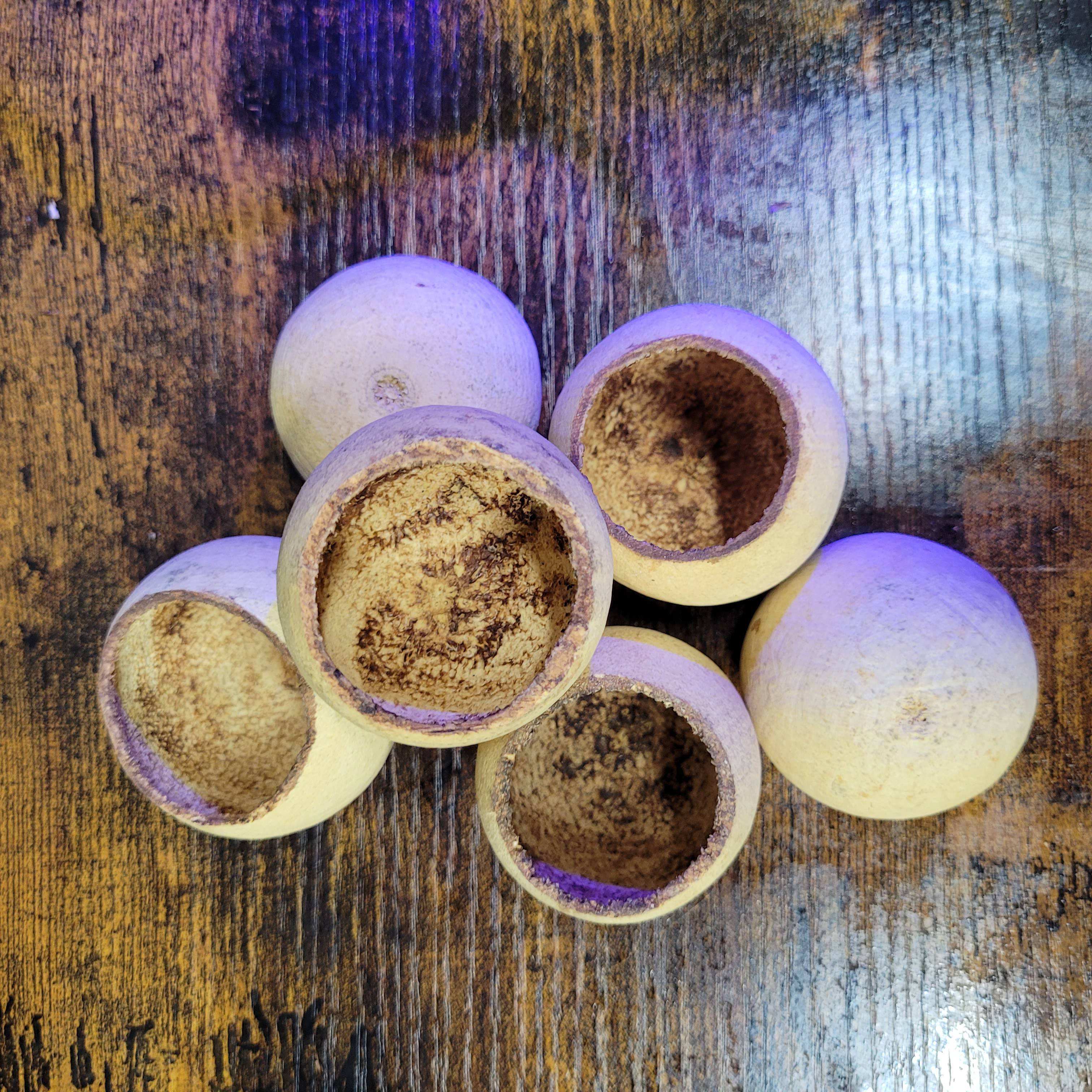Aquarium Botanicals: A Comprehensive Guide to Safe Preparation and Use
- ByrkleyAquatics

- Jun 27, 2024
- 3 min read
Updated: Jan 29
Aquarium enthusiasts are always on the lookout for ways to create a more natural and enriching environment for their aquatic inhabitants. One increasingly popular method is the use of botanicals such as leaves, seed pods, and other plant materials. These natural elements can enhance the aesthetic of your tank, provide hiding spots for fish, and even improve water quality by releasing beneficial tannins and other compounds. Incorporating botanicals into your aquarium can mimic the fish's natural habitat, promoting better health and more natural behaviour.
However, it's crucial to understand that not all botanicals are safe to use straight from the wild. Proper preparation is essential to ensure they don’t introduce harmful substances or alter the tank’s water parameters drastically. This guide will walk you through the steps to safely prepare and introduce botanicals into your aquarium, ensuring a thriving and healthy aquatic environment.
Importance of Proper Preparation
Preparing your botanicals carefully is vital to avoid introducing toxins, pests, or pathogens into your aquarium. Unprocessed botanicals can leach excessive tannins, altering the pH and water chemistry, which can stress or even harm your fish. Proper preparation ensures that these natural materials enhance rather than disrupt your aquarium's ecosystem. By following the right steps, you can enjoy the aesthetic and health benefits of botanicals without compromising the safety of your aquatic pets.
Steps to Prepare Leaves, Seed Pods, and Other Botanicals for Your Fish Tank
Select Safe Botanicals: Choose leaves, seed pods, and botanicals known to be safe for aquarium use, such as Indian Almond (Catappa) leaves, Guava leaves, alder cones, and various seed pods like oak and almond seed pods.
Clean Thoroughly: Rinse the botanicals under running water to remove dirt, debris, and any potential contaminants.
Inspect for Pests: Check for any visible pests or parasites. Remove any botanicals that show signs of infestation.
Soak to Release Tannins: Soak the botanicals in water for a few hours to overnight. This helps to release excess tannins, which can otherwise stain the water heavily and alter its pH.
Boil for Sterilisation: Boil the botanicals for about 10-20 minutes to sterilise them and ensure any remaining contaminants or microorganisms are killed. This also helps to soften the botanicals, making them sink faster.
Cool Down: Let the boiled botanicals cool down in the water they were boiled in. This helps retain some beneficial tannins and compounds.
Rinse Again: Rinse the botanicals again with fresh water to remove any residues from boiling.
Test for Floatation: Check if the botanicals sink naturally. If they still float, you may need to weigh them down temporarily or soak them longer until they stay submerged.
Gradual Introduction: Introduce the botanicals gradually into the fish tank to monitor their impact on water parameters and fish behaviour. Adding too many at once can cause sudden changes in water chemistry.
Monitor Water Parameters: Regularly check the water parameters (pH, hardness, ammonia, nitrite, nitrate levels) to ensure the botanicals aren’t causing undesirable changes.
Observe Fish Behaviour: Observe your fish for any signs of stress or adverse reactions. Remove botanicals if any negative effects are observed.
Maintenance: Over time, botanicals will decompose. Remove any decomposing botanicals promptly to maintain water quality and prevent ammonia spikes.
Replacement: Regularly replace old botanicals with new ones as needed to continue providing benefits like tannins, hiding spots, and natural décor.











